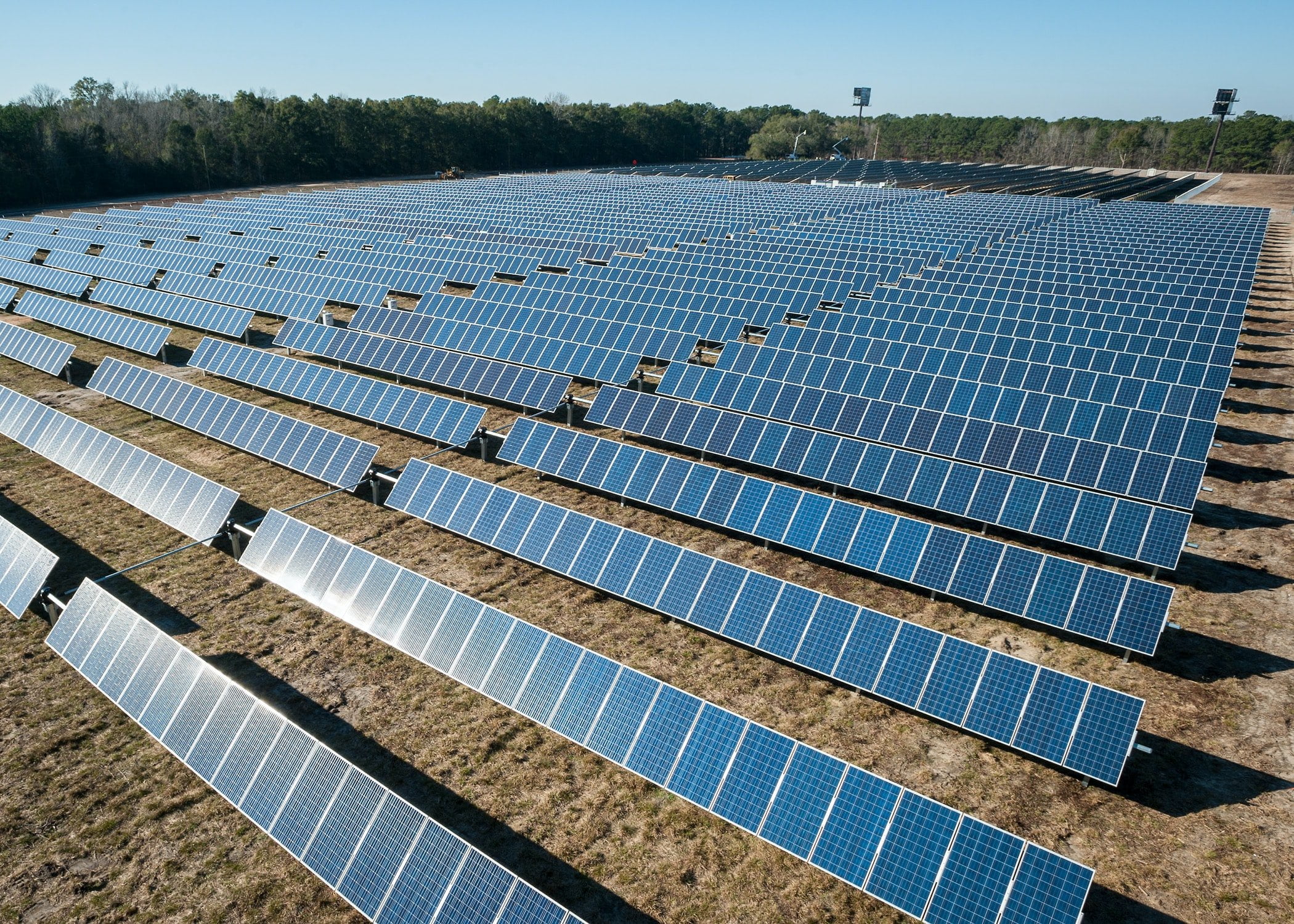As an idea, passive income has continued to gain traction and grow in popularity in recent years. Alternative investments provide a variety of options to create additional income streams. Below, we have three ideas for good passive income investments in alternatives for you to consider.
Music Royalties
Music royalties are small amounts of revenue that are generated from music being used. This could be streamed, downloaded, or even from live performances.
There are different types of music royalties that govern under what circumstances the payments are received. For example, “synchronization” payments accrue when a song is used in a film.
Pros & Cons
Pros
- Completely passive investment – other people listen to music and you receive a share of the earnings.
- Returns are uncorrelated to other assets – people don’t stop listening to music when stocks enter a bear market.
- High yields are possible – assets that provide 6-10% yield annually are not uncommon.
Cons
- Difficult to value – depending on the age of the song, it is normal for the earnings to change drastically over its first few years. This makes music assets more difficult to evaluate and acquire for a fair price.
- Payment timing can be confusing – Royalties are paid by various organizations, all of which can have differing schedules from monthly to bi-annual payments. Additionally, there can be lags between the streaming period and the payout period.
One Place To Get Started
SongVest is one of the best places to get started with music royalty investments. They have a fractional investment offering called SongShares. SongShares have minimum investments as low as $100, making them an accessible entry point. Additionally, they are SEC-qualified offerings.
Other Resources

Introduction To Music Royalties
New to the asset class? No worries! Take a look at this approachable introduction to get started.

How To Value Music Royalties
Music royalties can be difficult to value. This comprehensive walkthrough will help you!

Getting Started With SongVest
A comprehensive overview of SongVest, SongShares, VIP auctions, and how to invest.

Analyzing Past SongShare Offerings
See what we thought and what stood out to us about a series of offerings that debuted in November.
Debt, Financing, And Lending Investments
There are a variety of different arrangements when investors can provide capital in exchange for a promise of being repaid over time – with interest. This is a pretty diverse asset class, with a lot of variance in things like minimum investment sizes, underlying assets, and whether the debt is secured or not.
Pros & Cons
Pros
- Potential for high yield – there are numerous offerings that provide target yields in excess of 10%.
- Can be adjusted based on risk tolerance – higher yield offerings typically have higher risks. Through some due diligence, it is possible to tune investments according to your desired risk levels.
- Debts can be secured – while not the norm, it’s possible for an underlying asset to secure debts. This provides some downside protection for investors in the case of non-repayment.
- Automated investing options – for anyone that wants a truly passive experience, there are a number of platforms that allow for automated investing.
Cons
- Default is a real risk – while an offering may target a high yield like 15%, it’s possible that none or only part of the loan is repaid, resulting in loss of principal.
- Risk is not always clear – not all platforms will make an effort to highlight how risky a particular opportunity is relative to others you could invest in. Even those that do make an effort to provide guidance and transparency around risk will do an imperfect job at it.
For this asset class, it’s really critical to diversify in order to achieve a good return. Basically, you’re usually better off making a lot of small investments instead of a few big ones because any individual investment could be a flop.
One Place To Get Started
Groundfloor is an investment platform for real estate debt offerings that are secured by the underlying property. They have a minimum investment of just $10 per LRO and have SEC-qualified offerings. Additionally, they provide a loan grading system (A – G) to help with understanding the risk associated with a given investment.
Other Resources

Introduction To Debt, Financing, And Lending
New to the asset class? No worries! Take a look at this approachable introduction to get started.

Getting Started With Groundfloor
A comprehensive overview of Groundfloor and all their products – LROs, Notes, and Groundfloor Labs.

How To Make Money On Groundfloor
Learn about the mindset and one potential strategy for automated investing on Groundfloor.
Solar Energy
Solar panels allow us to convert the sun’s energy into usable electricity. As we all have seen from our monthly utility bills, that energy has an associated cost. Investments in this space are all about creating profitable solar deployments and paying investors income from them.
Pros & Cons
Pros
- Uncorrelated with traditional risk assets – whether markets are up or down doesn’t affect how sunny it is. That allows for solar energy to continue to be productive regardless of market sentiment.
- Potential impact investment – for anyone that likes to also feel good about their investments, solar energy can reduce greenhouse gas emissions and provide greater power reliability for regions in the developing world.
- Passive – it’s possible to invest in this asset class without any direct involvement. Set up automatic recurring investment and/or dividend reinvestment and watch things grow.
Cons
- US yields are mediocre – about 7.25% is the projected average return for solar in the US by most estimates we have seen.
- Currency / foreign exchange risk – projects outside of the US offer higher potential upside, but have other risks. Since projects in other countries will generate income in the local currency, then what US investors actually receive will be partially based on the exchange rate between currencies. These rates fluctuate regularly and could change significantly over a period of years or decades.
- Weather and other climate factors – solar panels rely on the sun to produce energy and generate income. As anyone that’s tried to plan a weekend trip from the local forecast knows, you can’t always rely on the weather. The same is true here as well, which means some projects can be consistent under-performers.
One Place To Get Started
Energea offers the ability to make fractional investments into different solar energy portfolios across the world. Currently there are portfolios with assets in the US, Brazil, and Africa, all of which are SEC-qualified offerings. There’s a $100 minimum investment and they do have automatic investment options available, including dividend reinvestment.
The solar energy portfolios are still in a “ramping up” phase and building out new projects. This means that their realized yields are lower than they will be later on in their lifetimes. So far they’re yielding about 4-5%, with all portfolios expected to produce a lot more in the future. Purchased shares have a 3 year minimum holding period.
Other Resources

Getting Started With Energea
A comprehensive overview of Energea, their solar energy portfolios and how to invest on the platform.
Other Passive Income Investment Ideas
One more thing. While we are choosing 3 alternative asset classes to focus on in this article, we wanted to give you a few additional ideas for further research as well.
While the current interest rate environment has made it much more difficult to find cash flowing opportunities, real estate investments are still worth considering. The ability to gain leverage through a mortgage while also finding a property that can generate surplus rental income can make real estate one of the best passive income sources.
Similar to residential or commercial real estate, farmland also offers the potential to deliver both appreciation over time as well as providing a source of passive income. Deals in this space are typically structured to have an operator lease the farm, effectively providing a stream of income from rent. There are also more complex agreements like crop sharing where the land owners can share profits with the operator.
Lastly, franchises are an interesting new option for passive income investing. While you’ve been able to establish your own franchise location for some time, the ability to do it as a fractional and passive investment is being pioneered by a company called FranShares. So far they have only had an initial offering available to accredited investors; however, they intend to be a platform that is open to non-accredited investors as well.
How this shapes up remains to be seen, but it could be one of the best ways to earn passive income. Franchise agreements are highly regulated and provide disclosures on the financial performance of their franchise locations. This basically means that the FranShares team can build an investment opportunity knowing what average returns have been for other franchisees and what type of returns they can provide investors under similar circumstances.
Conclusion
As more people look to take control over their finances, establishing passive income streams have become an increasingly popular point of consideration. Investments are one way to generate passive income. While there are plenty of options in traditional markets including index funds and mutual funds, that doesn’t mean that alternatives are lacking in options.
For this article, we picked 3 asset classes that offer some of the best opportunities to supplement your active income while also diversifying your investment portfolio. However, the world of alternatives is quite wide and there’s even more asset classes that can help generate a passive income. Stay tuned here for more coverage and educational content on these!

